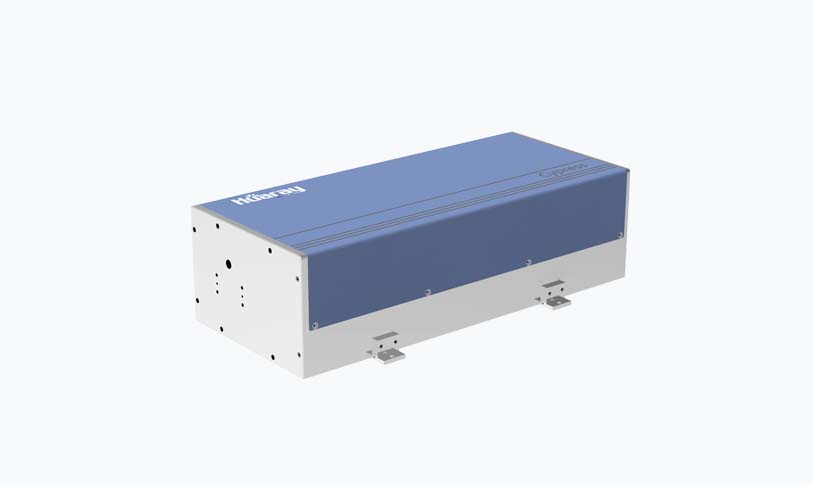[what is a fiber laser]What is a Fiber Laser: An Introduction to Fiber-Based Lasers
News 2025-7-28

What is a Fiber Laser: An Introduction to Fiber-Based Lasers

What is a Fiber Laser: An Introduction to Fiber-Based Lasers
At its most basic level, a fiber laser consists of an optical fiber that is pumped with energy to stimulate the generation of laser light. The fiber is typically made of glass or silica and is doped with rare-earth elements like erbium or ytterbium, which serve as the gain medium. These elements absorb the pump energy and emit photons at specific wavelengths, forming the laser light.
The laser light generated within the fiber can be transmitted over long distances without significant power loss or beam quality degradation due to the low-loss properties of the fiber. This allows for efficient delivery of the laser beam to remote locations or complex shapes, making fiber lasers ideal for various applications such as cutting, welding, drilling, and marking.
Compared to other types of lasers, fiber lasers offer several advantages. They are highly efficient, converting a significant amount of input power into useful laser output. They also have a high beam quality, providing a consistent and stable beam that is suitable for precision applications. Additionally, fiber lasers are relatively compact and easy to maintain, making them suitable for both industrial and research environments.
Moreover, fiber lasers are highly versatile and can be customized to generate laser beams with different wavelengths, pulse durations, and power levels. This versatility allows them to be used in various applications ranging from materials processing and manufacturing to medical and dental treatments.
